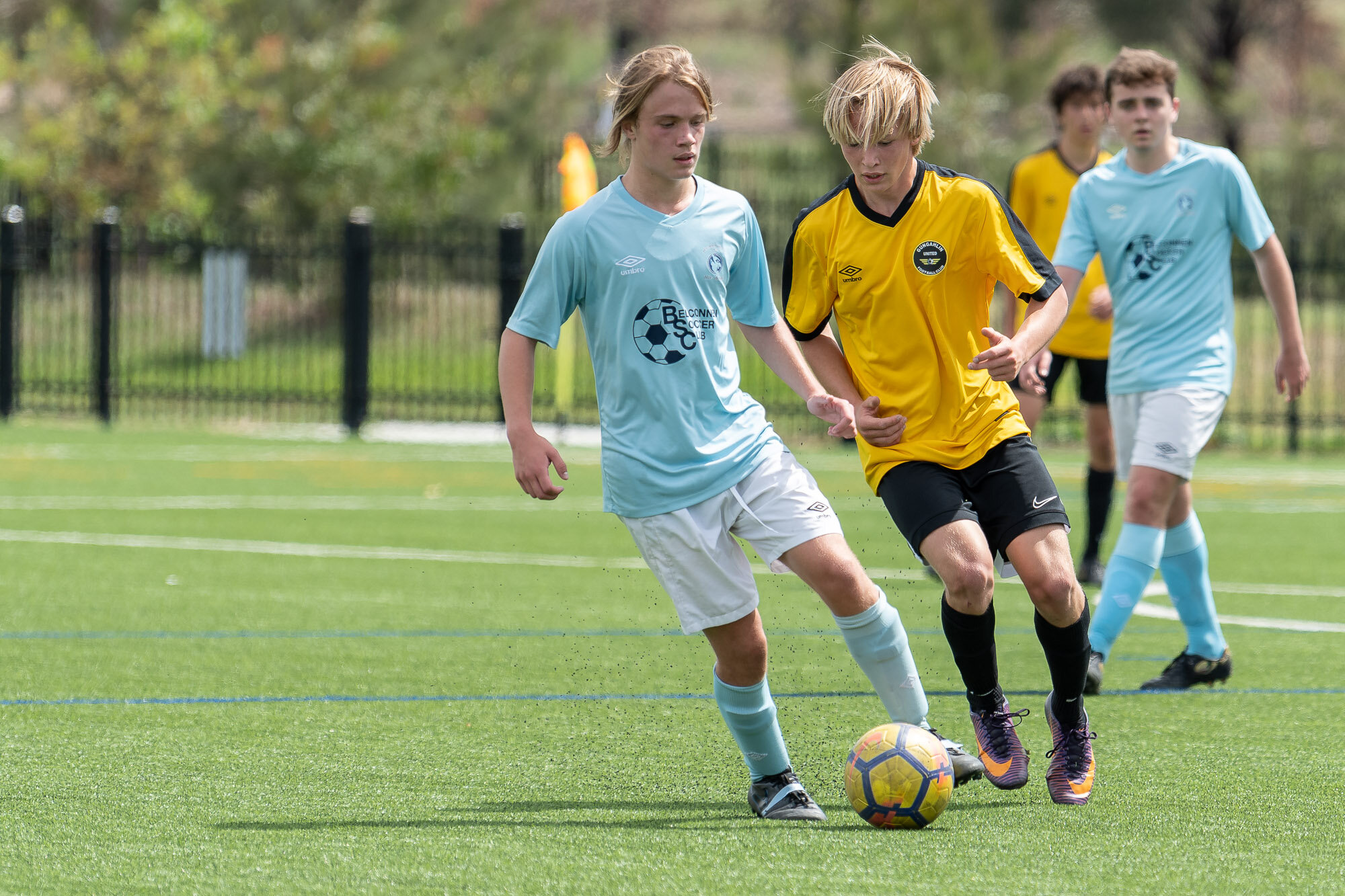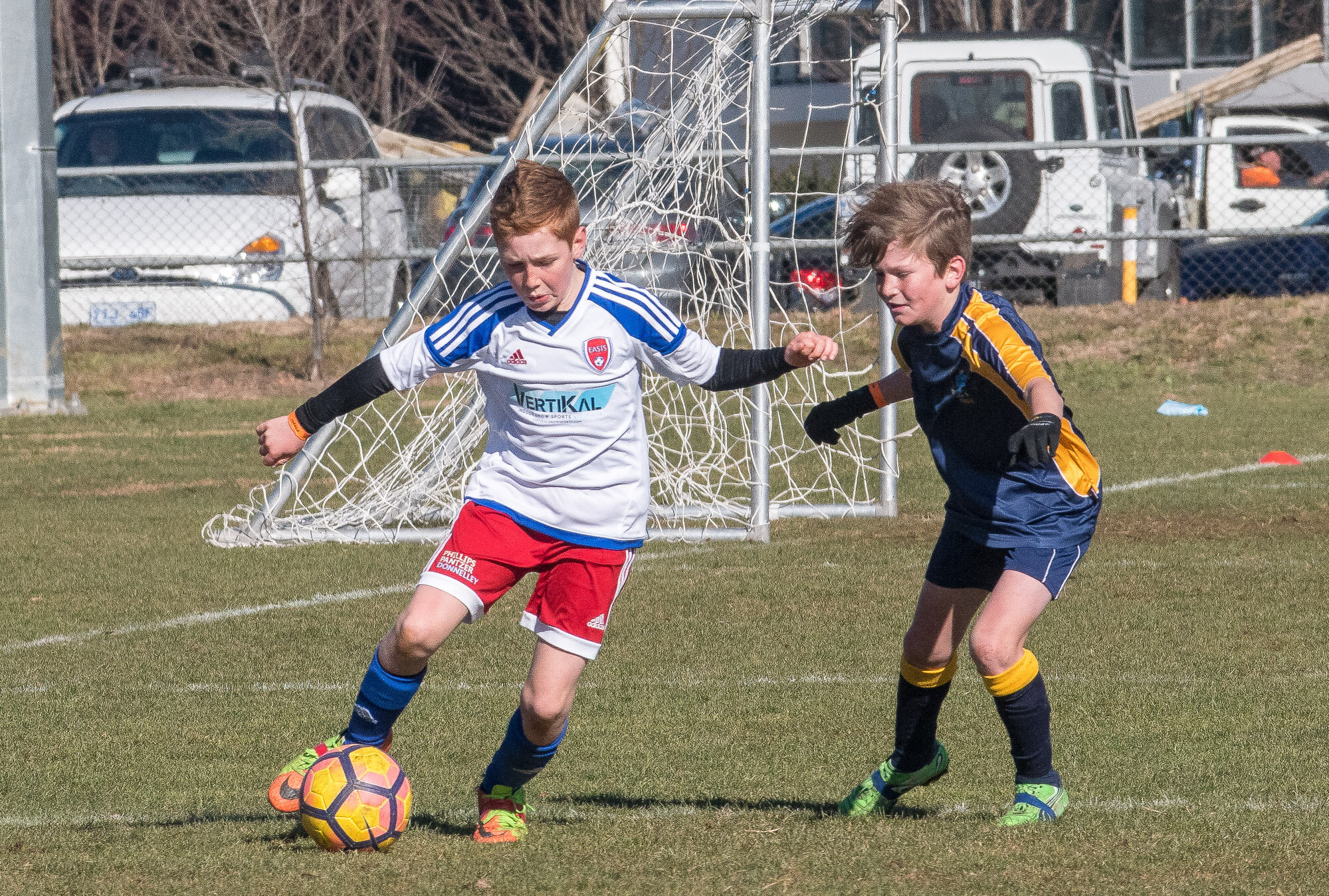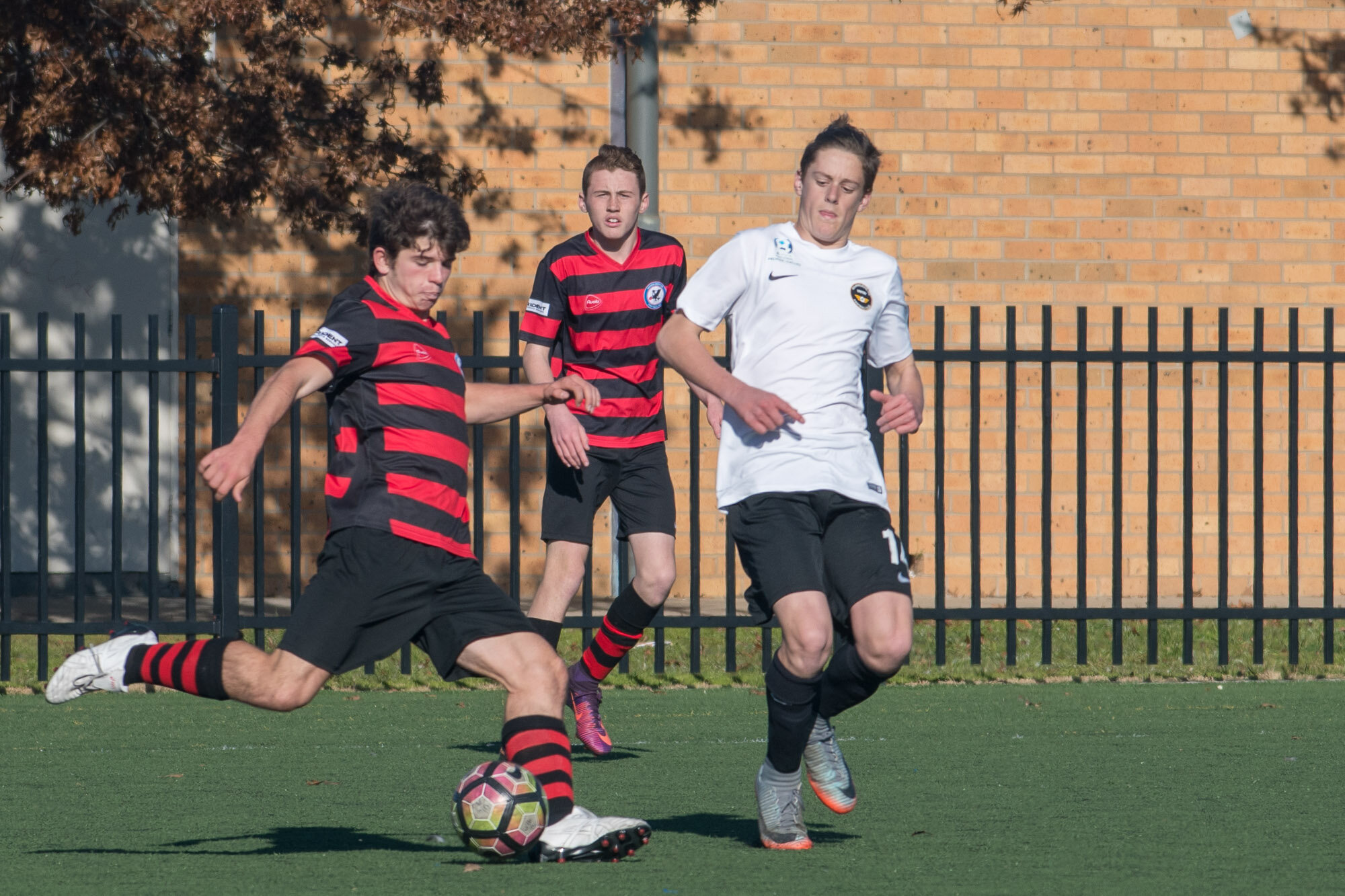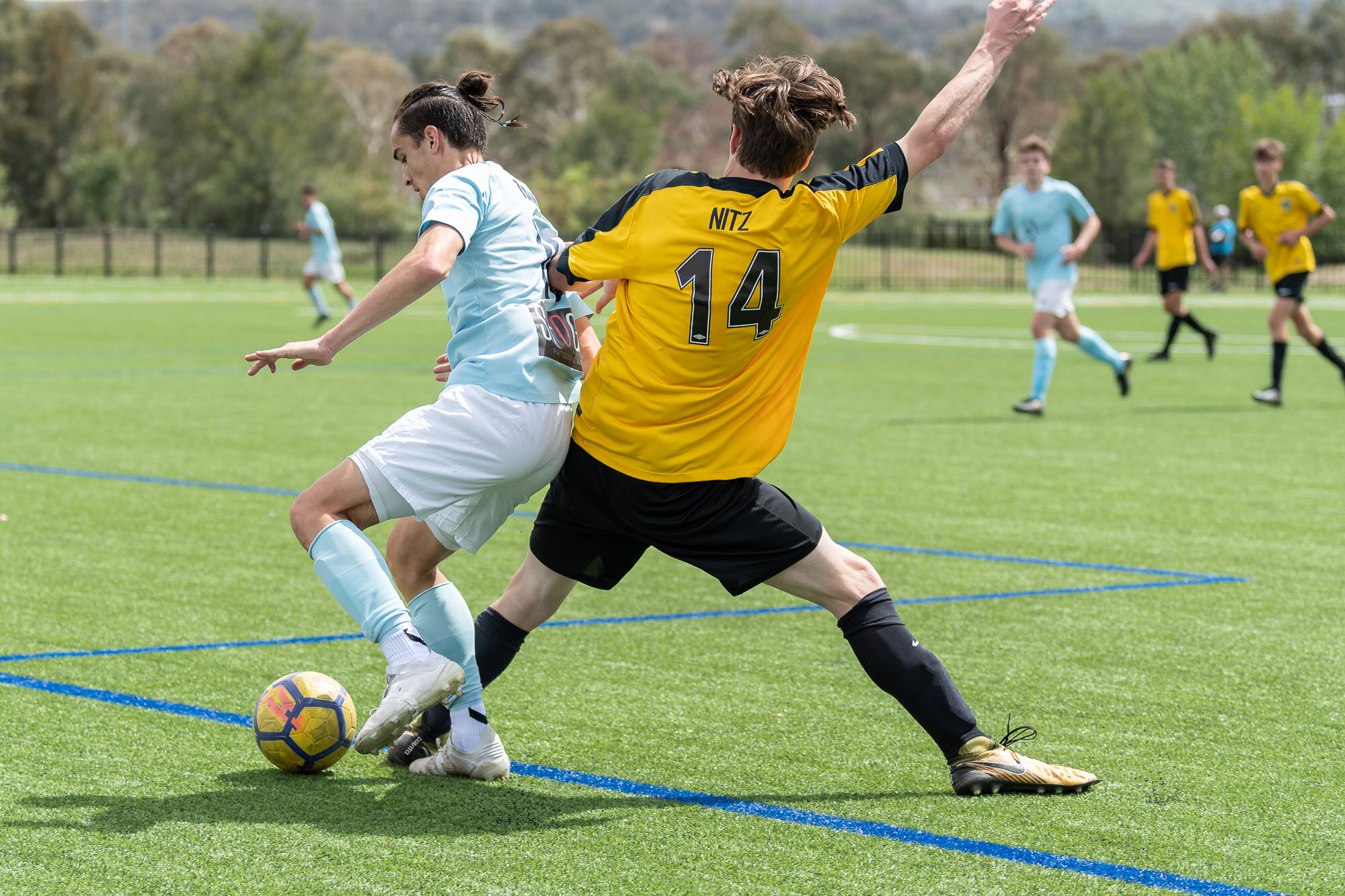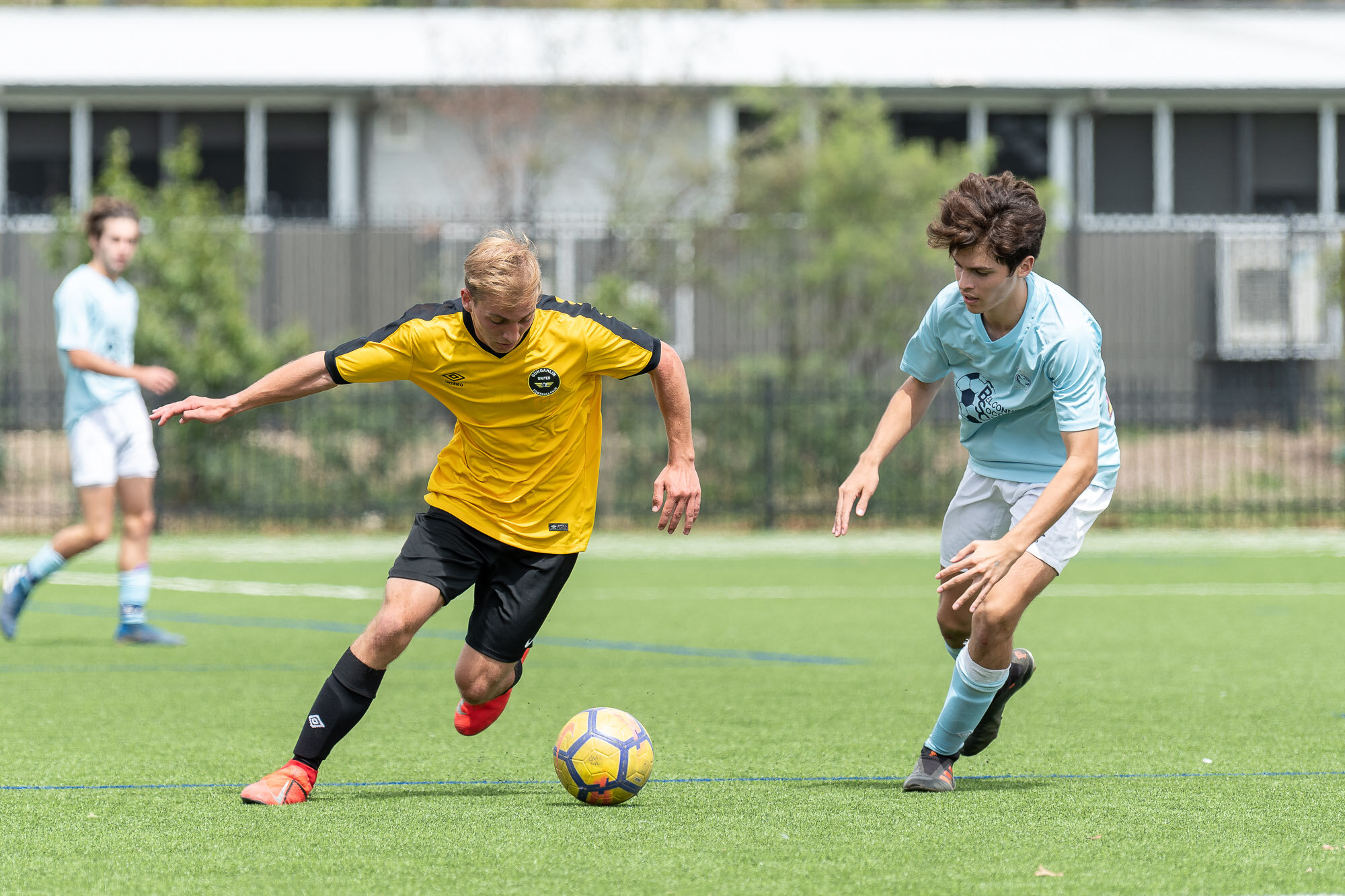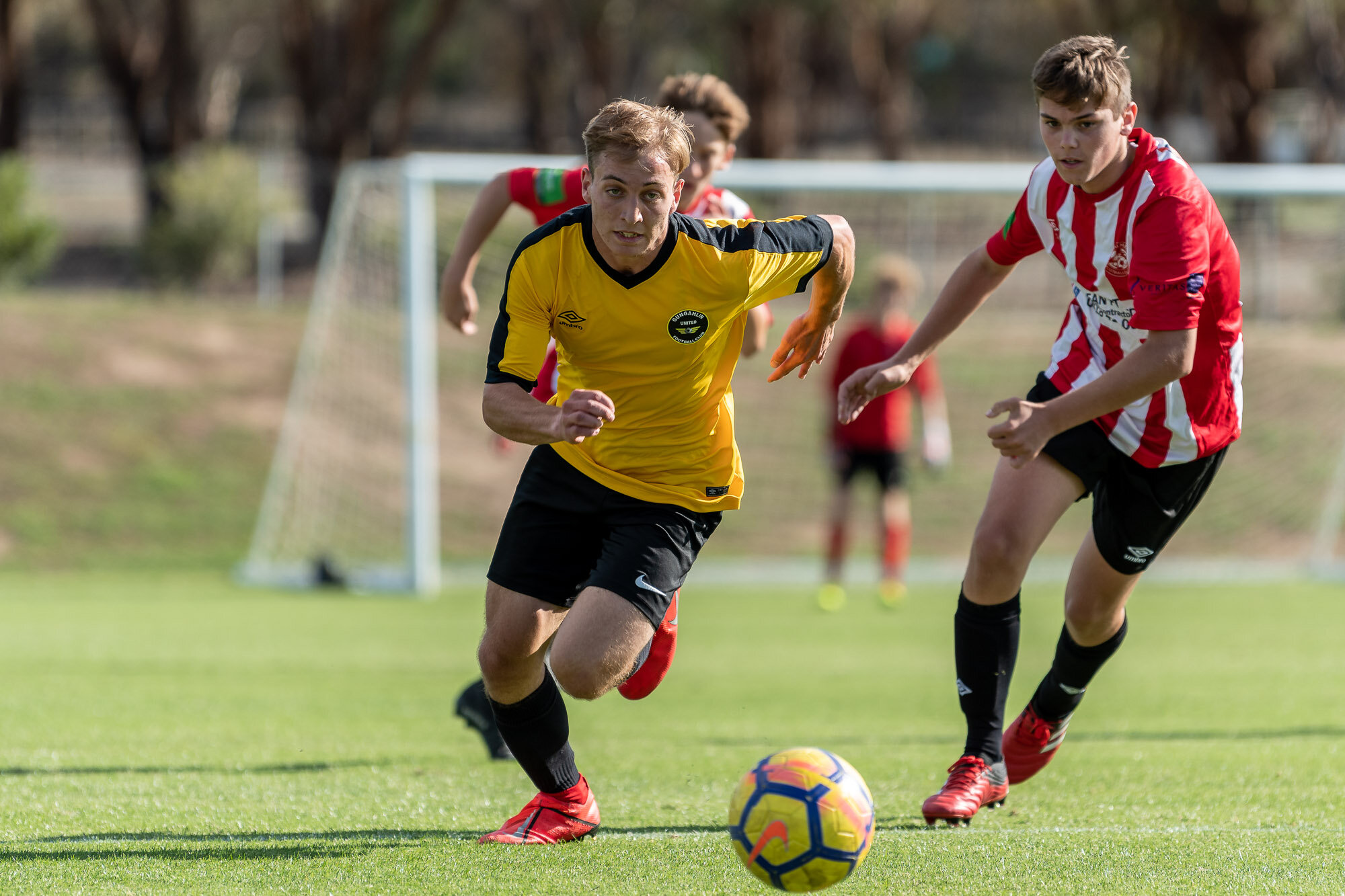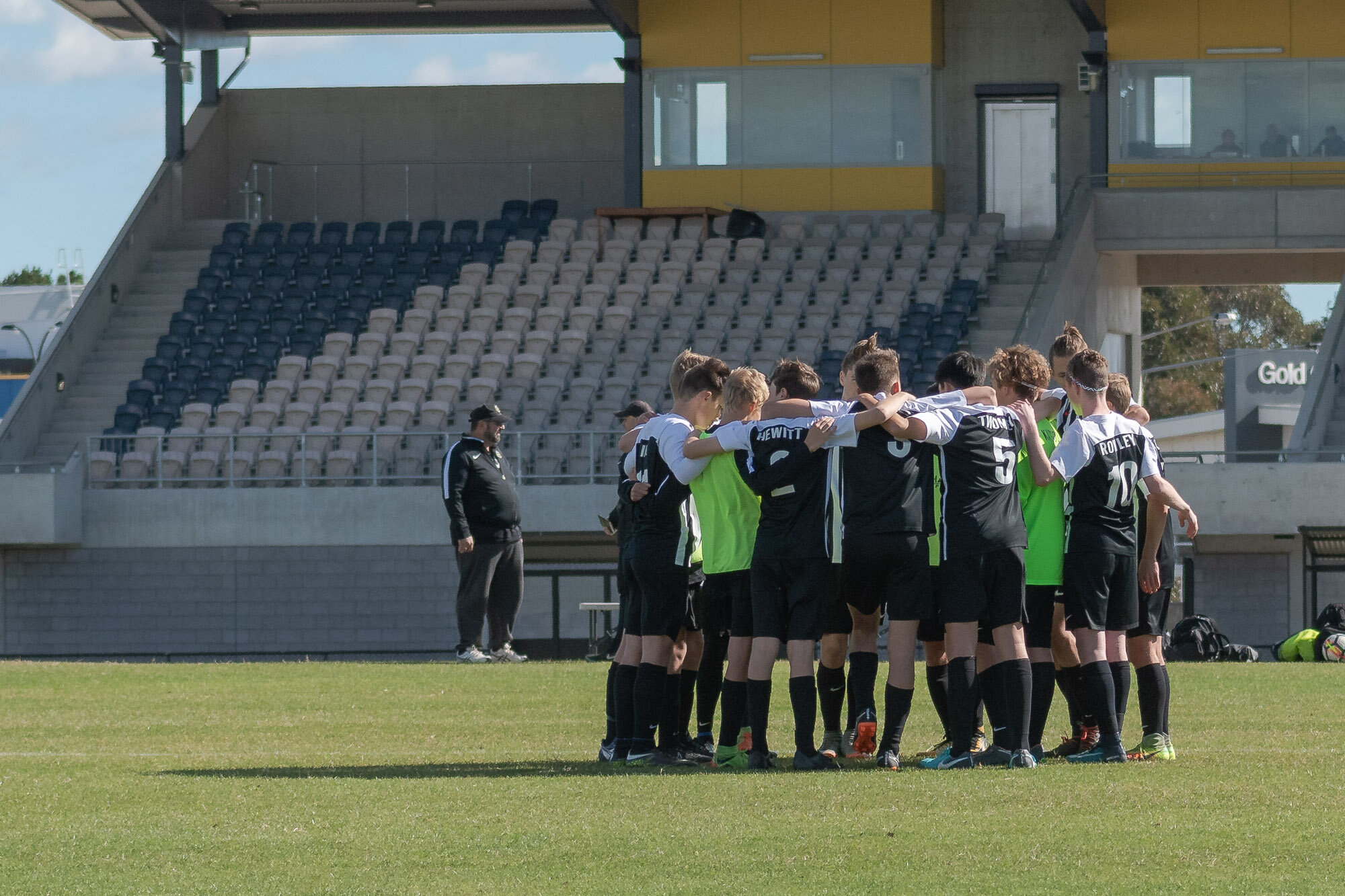There is nothing more thrilling than capturing action sports shots of your children. They are moments that can be hung on the wall for many years. I have been capturing sports photography for the last four and half years and been around kids’ football for more than 10 years. These are my tips and tricks to ensure that you get beautiful action shots.
Tips and tricks with sports photography
Use a high shutter speed
The first tip is you need a camera that allows you to adjust the shutter speed. If not, the chances of taking really great sports action images are extremely limited. Given the speed that the players are moving, you want to set your shutter speed to between 1/1000 sec and 1/1250 sec to guarantee that you freeze the action. It also means taking your camera off automatic!!
Know the game
The best advice to ensure that you capture beautiful images is to know your sport. The better you know the game, the better your pictures will be. If you know a lot about the sport you are taking photos of, it helps to anticipate where the ball will be or the action maybe is going. This knowledge helps you get the best shots possible.
Use a high burst rate
Set your camera’s burst rate to its highest level to ensure that you get the best shot possible. Do not wait until the player is ready to kick the ball or throw the ball in or you might miss the shot. In this day and age with digital photography we are fortunate to be able to see our results immediately. So press the shutter down as soon as the subject gets into the frame and continue pressing the shutter button until they have passed the ball or kicked it.
Get down low
Get down low and shoot up to get a more dramatic shot. Watch all the professionals and they are sitting on a short stool. The lower perspective gives the photo excellent depth. Depending on the lens that you are using, consider purchasing a monopod, and use it, even if your lens and camera are not heavy. It will provide balance and stability.
Use continuous autofocus
Single focus will not cut it for sports photography. Continuous autofocus keeps the subject in focus as their distance from the camera changes. Most modern-day DSLRs and mirrorless cameras will have the capacity to shoot continuous autofocus. Also, try back button focus.
Start at the warm up
Warm-ups are a great opportunity to grab those shots when kids when they are mucking around and being silly before the serious stuff starts. It is here when the players are usually smiling and laughing so you get some really good facial expressions. Forget about catching up with your fellow parents before the game starts. Rather use this time to take some of the pre-game photos which no doubt will be some of your favourite images.
Best position to take photos
Where you sit is one of those dilemmas. In general, you want to be in a position that puts your subject facing you. I prefer to sit behind the goals and towards the corner post. This way you catch the players running towards and goals and you are in the right spot if a player scores and runs towards the corner post to celebrate with teammates. The other school of thought is to position yourself around the ¾ mark or just outside the goal square. This way you can capture the action around the middle of the ground and follow the action until the goal is scored. Nothing better than capturing those goal celebrations.
Do not forget the coaches
Do not forget the guy or girl that is responsible for the team. When taking pictures of the warm-up and the action shots, do not forget the coach. They volunteer their hard-earned time and effort to teach your kids how to play the sport. Images of the coach interacting with the kids make a good end of year footage for presentation night. They invest a lot of emotional energy into the game and your kids so it is really nice to capture the relationship between the coach and the kids. And when something goes wrong, it is great to see them being supportive and encouraging.
Camera and lens
Most cameras will be perfect for shooting kids football providing it shoots in manual. However, as the kids get older and faster it would be preferable to use a camera that shoots at more than 7 frames per second to ensure that you get the shot. Something like a Nikon D500, Canon 7D Mark II are ideal cameras as they are less expensive than their full-frame cousins and they shoot at 10 fps.
In sports photography, it is all about length due to the distance between the field of action and the sideline where parents generally standing. As a result, the minimum focal length that you need for capturing football is a 70mm to 200mm length. While it is ideal to use a fixed aperture of f2.8 to ensure that you get ample separation between the subject and the background, you can get away with an f4 lens.
While you can get away with a 70-200mm len as you can crop your images, the optimal lens is something that is greater than 300mm. This allows you to fill the frame with the action shot without too much cropping.
While a zoom lens is critical to ensuring beautiful action shots, do not forget to carry a wide-angle lens in your kit for taking those stadium-wide shots to make your viewers feel like they are right there in the stadium.
My current set up is a 70-200mm f2.8 len and a 200mm-500mm f5.6 len is allows me to get in tight.
Analyse your images
We are all learning and after the event is the perfect time to analyse your images to see if there are any keepers for your portfolio. It is not unusual that I will take 1000 pictures during a football game. Out of those, about 150 or fewer are provided to the game organisers, and only about 5 get added to my portfolio. The point to remember, dissecting your images in the perfect time to find out what is working and what is not. Also, try to find a pattern of success and failure to understand what you need to work on.



